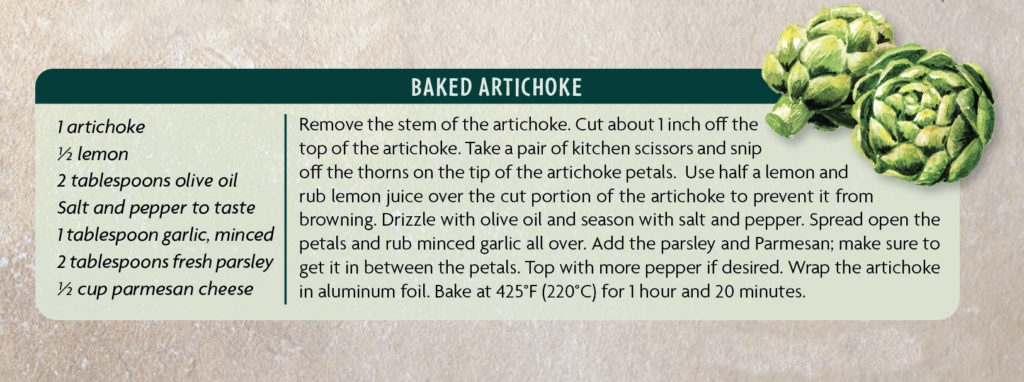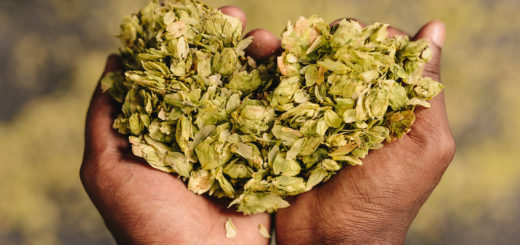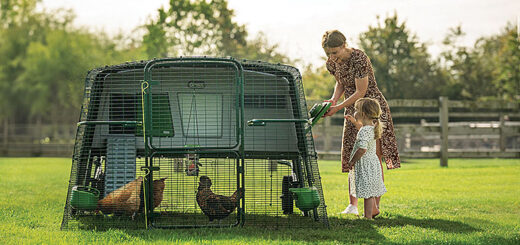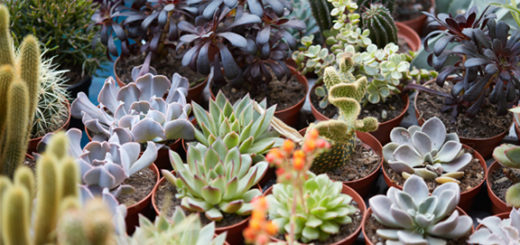Look at What’s in Season in Your Local Market or Garden!
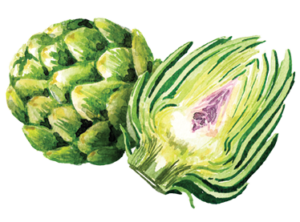 Artichokes
Artichokes
Artichokes are fun to grow, and you can plant them in late fall. You can buy the starter plants at your local nursery. They grow quite tall so make sure when you plant your artichoke it has plenty of room surrounding it. When the artichokes have stopped appearing and the plant starts dying off, cut it back and it will come back next season!
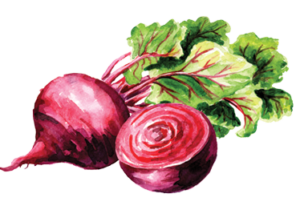 Beets
Beets
The wonderful thing about beets is that although it is an annual, it can be planted year-round on the Central Coast and, with staggered planting, you can enjoy a continuous supply of both the delicious green tops and bulbous roots. It is delicious in salads, roasted, in sandwiches and, if you are energetic, pickled!
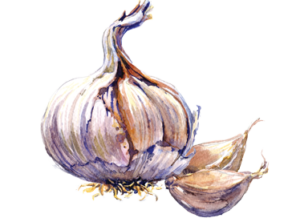 Garlic
Garlic
Garlic is easy to grow and produces numerous bulbs after a long growing season. It is frost tolerant. Beyond its intense flavor and culinary uses, “the stinking rose” is good in the garden as an insect repellent and has been used for centuries as a home remedy.
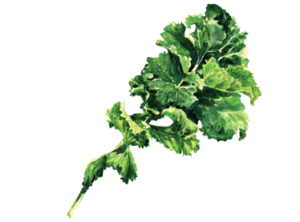 Kale
Kale
For a fall harvest, young kale plants can be set out 6 to 8 weeks before the first fall frost. Kale is delicious in salads, quiches, and soups! To make kale chips remove the ribs and toss in olive oil or lightly spray and sprinkle with a combination of cumin, curry powder, chili powder, roasted red pepper flakes or garlic powder. Bake at 275°F for 15–30 minutes to desired crispness.
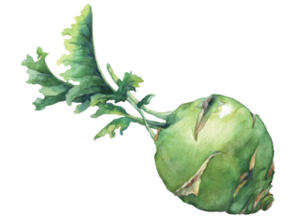 Kohlrabi
Kohlrabi
Plant Kohlrabi seeds outside after danger of a hard frost: sow in midsummer for a fall crop, or in fall for a winter crop. Before cooking, trim and peel it very thoroughly (the skin is quite tough and indigestible). Slice, julienne or grate it into your salad or slaw for a great crunch and a fresh but slightly spicy flavor. It also can be cooked — boiled, steamed, sauteed, roasted or fried.
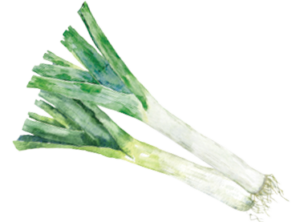 Leeks
Leeks
Sow leek seeds indoors 8-10 weeks before the last frost date. It should take about 5-7 days to germinate. Seedlings can be transplanted outside as soon as the risk of hard frost has passed. When transplanting leeks into your garden, space them 6 inches apart. Leeks can be used in many recipes that call for onions. Use leeks in soups, stews, and other simmered dishes.
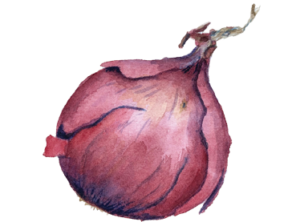 Onions
Onions
Onions are a good choice for late summer and early fall planting. The size of an onion depends a lot on how much sunlight it gets. Green onions that don’t need to develop bulbs are a good pick to plant all year long as long as the temperatures don’t reach freezing.
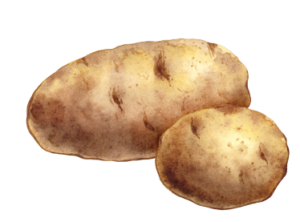 Potatoes
Potatoes
Potatoes love cool weather. They can tolerate temperatures upwards of 80 degrees but won’t produce as many tubers in hot weather. Plant them as a winter crop and you will reap the rewards. Dig a trench at least six inches deep and toss in a few potatoes, about six to eight inches apart.
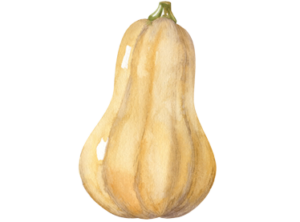 Squash
Squash
The time to plant winter squash is after the last frost is over. Just plant seeds directly into the ground and they will grow until the ground warms up. Getting the seeds into the ground first thing after the last frost is imperative since it takes so long for them to ripen. A few of the most common and delicious are Butternut, Acorn, and Spaghetti.
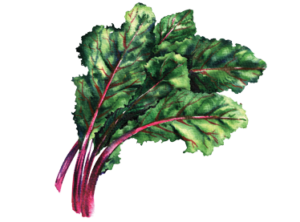 Swiss Chard
Swiss Chard
To enjoy a fall harvest of Swiss Chard it should be planted about 40 days before the first fall frost date. Chard can be used in salads to add color, in smoothies, in soups and stews, on pizzas, in sandwiches in place of lettuce, and quiches. If you are not a fan of Kale, use spinach instead!

